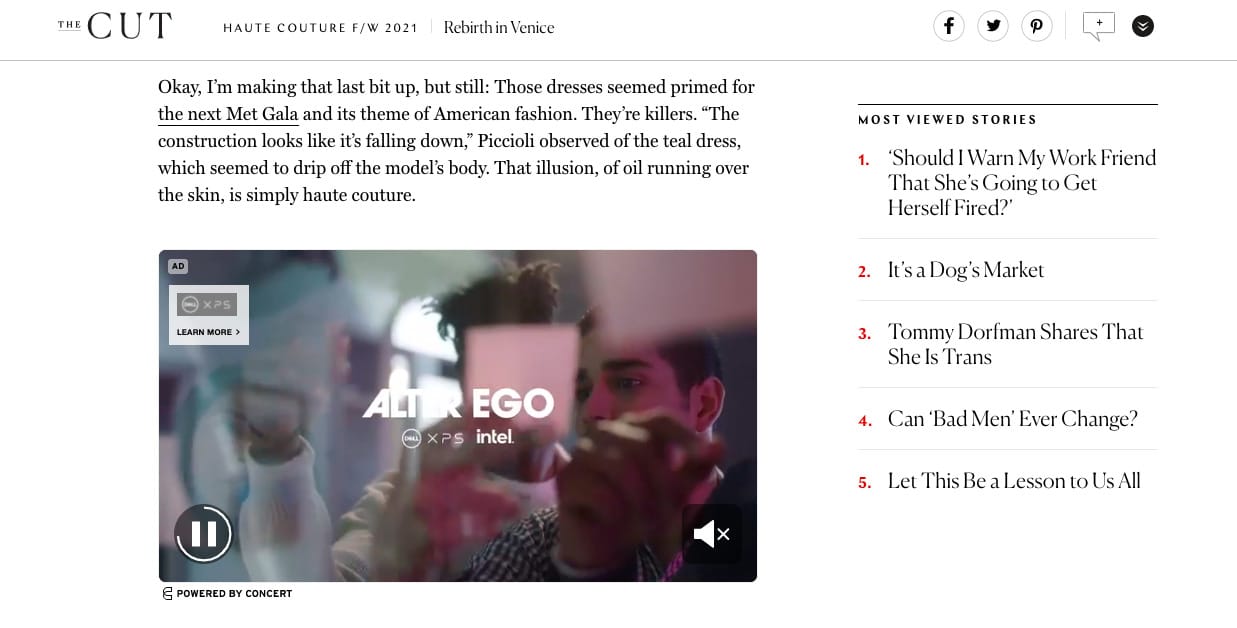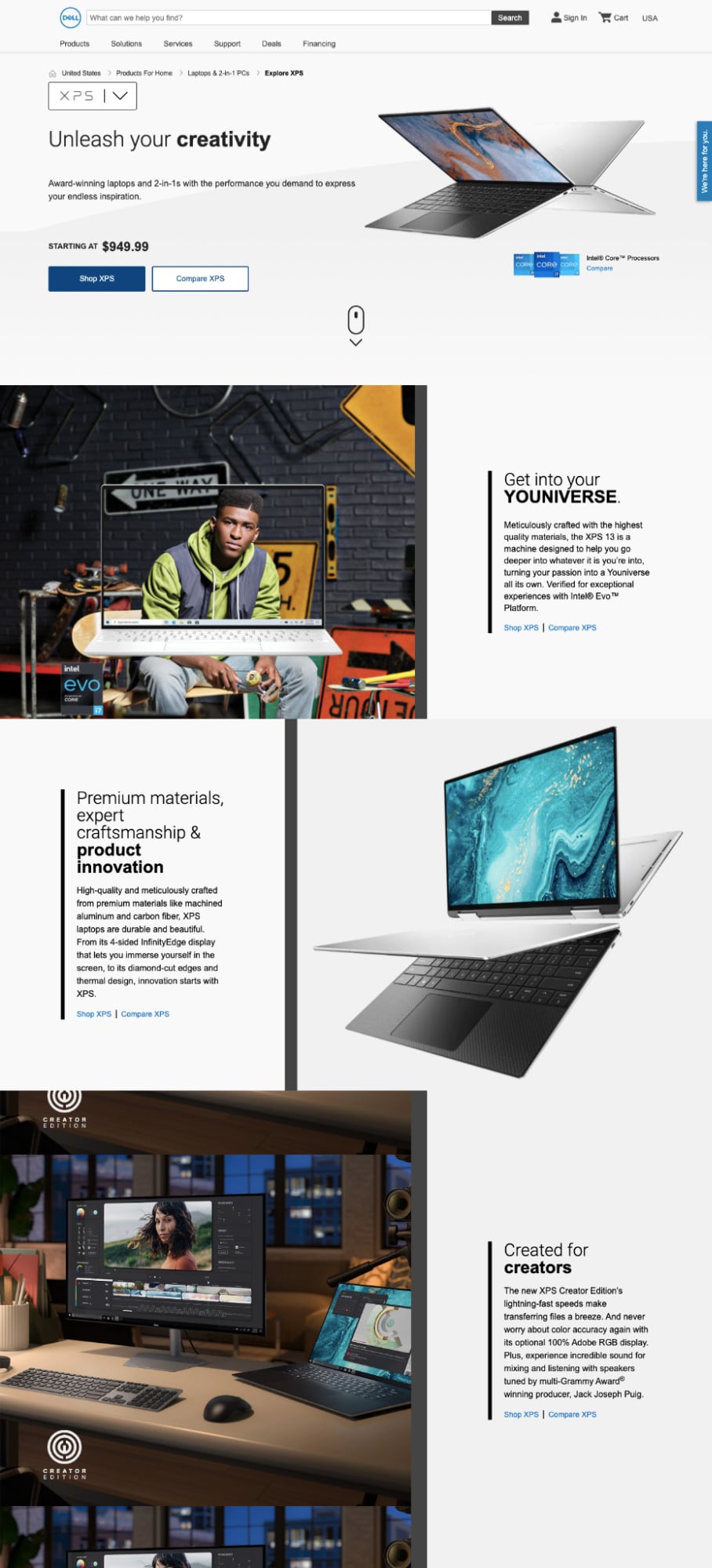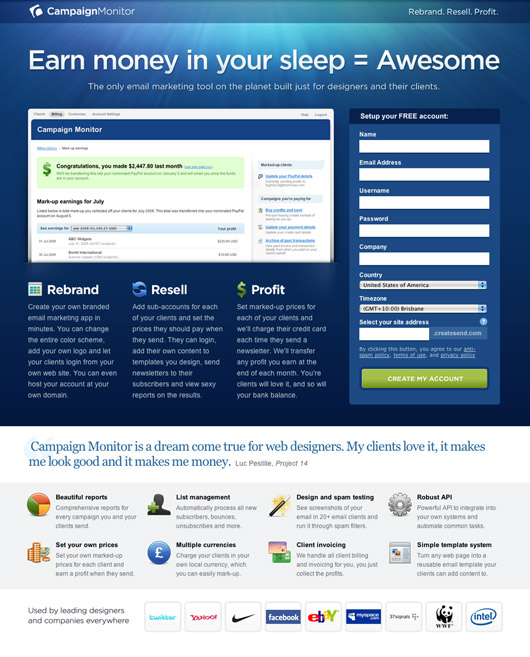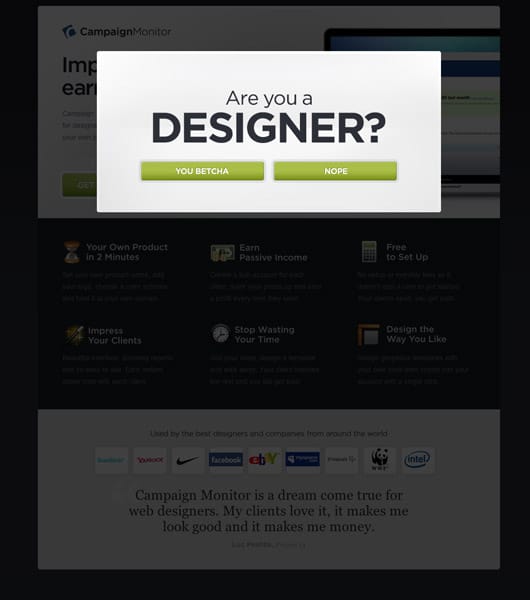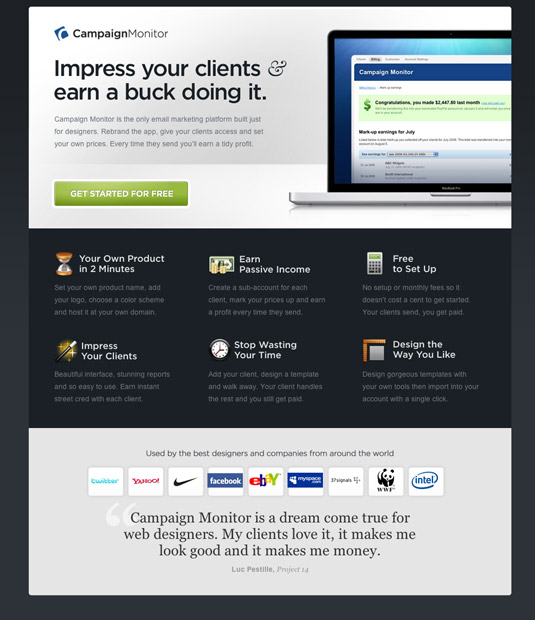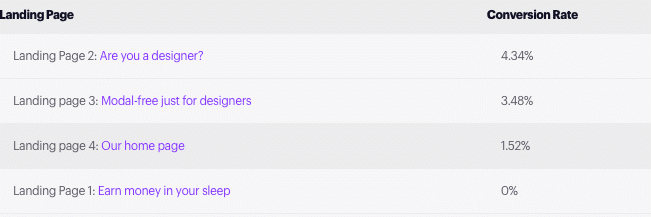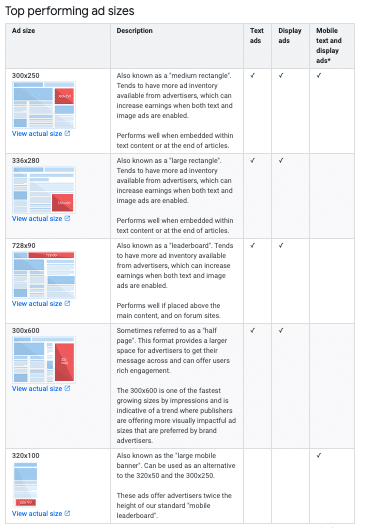Clemenger Media sales is Australia’s home of niche media.
Want to invest in advertising?
Want content read by your target market?
Want a media sponsorship deal?
Want to own your target market’s niche media; publication, magazine?
Clemenger Media Sales, CMS can help you: we give the following news to help you become an advertising, marketing expert:
Promoting Your Product or Service With Banner Advertising – Is It Worth It?

In April of 2009, we ran banner ads on several high-profile sites to see if the investment would be worth it — and if so, which types of banner ads performed best.
More than a decade has since passed. Yet, banner ads are still prevalent in today’s changing digital landscape. According to the 2021 Internet Advertising Revenue Report, banner ads were one of the “most dominant” forms of advertising on the internet in 2020. Moreover, the report found that banner ads made up 31.5% of total ad spend in 2020 (second only to search ads).
Clearly, banner advertising is relevant. And while many of our findings from 2009 are still valuable today, new research has taught us some things we might do differently. Let’s take a look at what banner ads are, principles for effective ones, and if they’re a worthwhile way to promote your business.
What is banner advertising?
Also known as “display advertising,” banner advertising is when a brand places an ad on someone else’s website in the form of a rectangular image (a “banner”) on the top, bottom, or side of the webpage.
These banner ads can be static images, text, gifs, or videos. Most banner ads are placed on high-traffic websites, like popular media websites, to maximize the number of people who will be exposed.
For example, this is a banner video ad that Dell placed at the bottom of the popular media website The Cut:
Better insights to build winning campaigns
Our analytics suite gives you smart, actionable insights to improve your campaigns.
How does banner advertising work?
Like all advertising, banner ads generate revenue for both the hosting website and the company placing the ad. The website earns money by charging the company in one of three ways:
- Per impression (how many people view the ad)
- Per click (how many people click on the ad)
- Per action (how many people take action after clicking, such as to sign up or make a purchase)
The companies placing banner ads usually do so to generate brand awareness, like the Dell ad example above. The ad invites readers to “learn more” and links to a landing page with more details about the product.
Banner ads are also ideal for retargeting campaigns, which target customers who have displayed interest in your product (such as viewing a product page or adding it to their cart) by showing them banner ads for the product on different websites they visit.
Is banner advertising worth it?
While banner ads have proven effective in the past, are they still worth it? With mediums like email and social media becoming more of a focus, is investing in banner ads worth it?
The truth is, the overall effectiveness of banner ads has been decreasing. According to Marketing Insider Group, banner ad click-through rates have fallen to less than 0.1%. There are a few reasons for this:
- Bots – Automated scripts scour the internet and click on advertiser banners for various reasons, including attempting to gain revenue for sites that solely rely on banner clicks for revenue.
- View fatigue – Viewer fatigue is very real. Internet users feel so bombarded by ads that most have trained themselves to tune them out.
- Ad blockers – Internet users are sick of ads and go out of their way to download various adblockers to keep them out.
But this doesn’t mean banner ads are a dead art! While their effectiveness might be decreasing, banner ads remain an effective online advertising strategy that plenty of savvy marketers are still using. In fact, in 2020, the year-over-year growth of ad spend on banner advertising was the highest of all the categories.
This growth was possibly driven by an increase in the average time spent online due to the COVID-19 pandemic. Unlike other forms of digital ads, banner ads tend to be placed right within the reader’s eyesight, making them harder to ignore and perfect for brands wanting to take advantage of greater online leisure time.
What our 2009 research found
We tested three different banner ads and accompanying landing pages to see which would perform best. Here were the three banner ads:
Each ad had a matching landing page:
Landing page 1: Earn money in your sleep
The key for this page was to promote the idea of earning money in your sleep. We highlighted the three simple steps involved (rebrand, resell, and then profit) and included an online signup form allowing those interested to sign up and start using the app on the spot.
Landing page 2: Are you a designer?
This was definitely the most controversial landing page of the four. We took the fact that Campaign Monitor is built for designers to the extreme by including a modal window that overlays the landing page, asking the person if they’re a designer or not.

CASE STUDY
Learn how Girls Who Code uses Campaign Monitor to change the tech world for the better.
If they clicked “You betcha,” they’d be shown the page below that highlights how easy it is to resell with Campaign Monitor.
If they clicked “Nope,” the landing page behind the modal would fade out with a message explaining that “It’s not you. It’s us.” We then linked to several other ESPs that they might consider checking out that are built for a less targeted audience.
Landing page 3: Modal-free just for designers
To test the impact the modal window had on conversions, we also tested the very same landing page modal-free. The page was exactly the same otherwise, providing a nice comparison.
The best performing banner ad
The blueprint banner ad outperformed the other two. With a conversion rate of 3.5%, we saw 370 people sign up for Campaign Monitor. Here are the full results.
The best performing landing page
This one surprised everyone. We were concerned that the modal window would result in a lower conversion rate because of the additional click. But we were pleasantly surprised to see this page get 25% more conversions than the next-best-performing page. Possibly the biggest surprise of all was that the “Earn money in your sleep” page with the inline signup form didn’t give us one new customer. Here are the full results:
This banner ad (and accompanying landing page) likely performed best because it follows some rules that still hold true today:
- It identified a niche target market.
- It didn’t ask for the purchase right away. This was the user’s first interaction with the brand, and rather than pressure them into a purchase, it invited them to learn more.
- It was unusual and surprising. Unexpectedly, this approach stirred up a lot of conversation on Twitter. Some called us “ballsy” and “classy” for linking to our competition: Others asked if we were breaking up with them.
What we’d do differently now
Were we to run this banner ad experiment again, we would take into account today’s trends:
Test a video ad
Video has been on the rise in digital marketing and advertising for a while, and the trend is only increasing. Hubspot found that 91% of marketers say that the pandemic has made video even more important for brands and 96% of consumers report watching more videos in 2020.
When it comes to banner ads, marketers seem to be piggybacking on the video trend there, too. A 2020 report found that video ad spending is on the rise in banner advertising.
Do cross-targeting
Cross-targeting means promoting your ad on all different devices (mobile devices, computers, and tablets) instead of focusing on one type. Though cross-targeting requires you to create different versions of your ads, it’s usually worth it.
A SEMrush study in 2019 found that consumers are not device-loyal in their browsing habits. So, it’s important to make sure you reach as many people as possible by cross-targeting banner ads.
Pay attention (and vary) to the size of our ads
Ad creative is important, but so is ad size, and that’s something we didn’t consider in our test.
Google keeps an up-to-date report on the highest performing sizes of banner ads across the web:
- Medium rectangle (300 x 250)
- Large rectangle (336 x 280)
- Leaderboard (728 x 90)
- Half page (300 x 600)
- Large mobile banner (320 x 100)
Additionally, ad agencies that specialize in banner ads, like AdRoll and Bannerwise, suggest that variety in banner ad size is optimal. This is because your ROI with banner ads depends on how many people are exposed, and you’re likely to be exposed to more people through a greater variety of ad sizes and placement.
Wrap Up
Banner advertising is certainly still relevant in 2021 and continues to be a key strategy for marketers.
While our 2009 experiment with banner ads shows that there are some timeless principles of effective banner ads, there are certainly some trends to stay on top of to make your ads even more effective.
Clemenger, Clemenger Media Sales, Clemenger Media Sales is Australia’s home of niche media.
CMS is Australia’s best media buying agency – which target market do you want to own?
CMS is content marketing, media sponsorship, advertising sales.
Clemenger brings you the advertising, marketing, media news; so you can maximise your advertising ROI.
Invest where your prospects live; buy the media where your customers live; we will help with your media buying.
If you want help with buying media, buying advertising, call or email.
Clemenger, CMS, Clemenger Media Sales – this is the article link = THANKS.
Promoting Your Product or Service With Banner Advertising – Is It Worth It?

